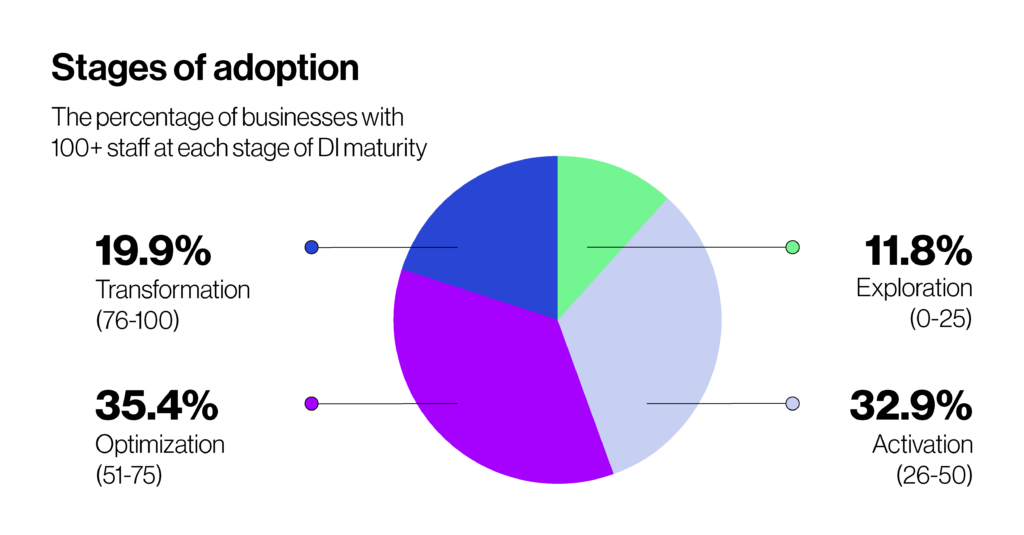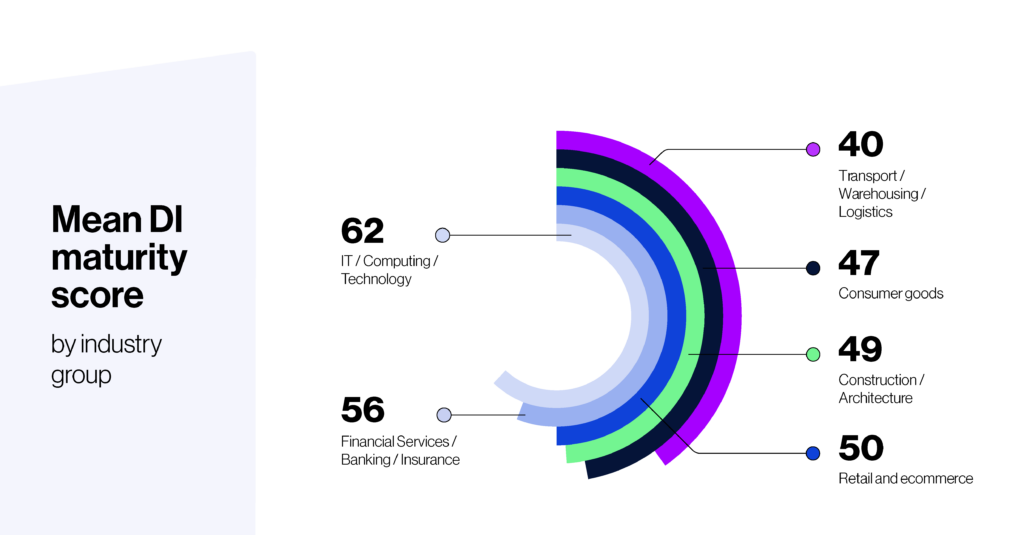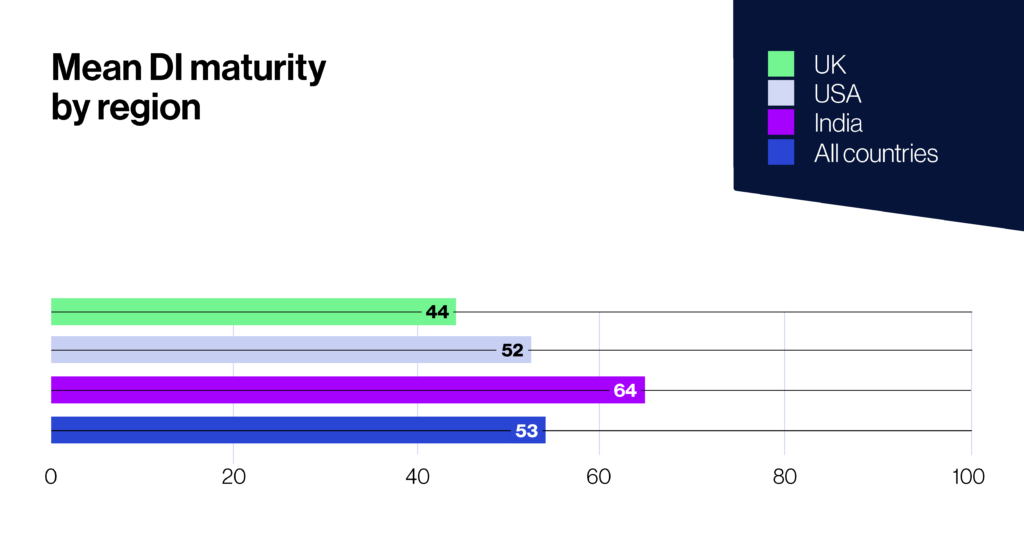New survey suggests workers, not leaders, hold the key to unlocking AI potential for businesses
Every business in every sector stands to gain from implementing Artificial Intelligence (AI). We’ve already seen a billion-dollar industry spring up in response to the technology, with the global AI market expected to top US$422bn by 2028[1].
A recent survey by Peak found that 81% of decision-makers think AI will play either a major or a moderate role in their business achieving its goals in the next five years.
Yet the vast majority of commercially built AI models still aren’t deployed. AI is complex, and while we’ve all felt the effect of AI algorithms used excessively by the likes of Netflix, Amazon, and Facebook – we shouldn’t forget that these brands are the exception, not the rule.
The commonly held belief is that the longer an organization uses artificial intelligence (AI), the more value it will gain from the technology. It’s a misconception that has been perpetuated for years by the ‘AI maturity curve.’ An unhelpful device with an ambiguous history, the AI maturity curve plots value on its vertical axis, time on the horizontal axis and suggests that, as businesses rack up years of practice with AI, the value they derive from it increases exponentially.

Source: Peak AI
The reality is far more complicated. Peak’s Decision Intelligence Maturity Index, developed in partnership with the Center for Economics and Business Research (Cebr), released this week, aims to address this. It recognizes that several factors – many of them not technology-related – contribute to the successful adoption of commercial AI.
Decision Intelligence (DI) is the application of AI to commercial decision-making. Because it can offer benefits across an organization and is not limited to one department or operation, it is the current strategy for how most businesses will adopt the technology.
The Decision Intelligence Maturity Index provides a score of 0 to 100 that measures a business’s commercial AI readiness. The Index defines a number of indicators across five key pillars: decision-making, data and technology, strategy, people and processes, and value. In one of the largest research studies of its kind, the report draws on findings from a survey of 3000 decision-makers from businesses with more than 100 staff in the UK, US, and India, as well as a comparative survey of 3000 junior staff (middle managers and lower).
Peak’s research shows that most businesses are embracing AI – 89% of those surveyed are either already using the technology or planning to. Yet maturity scores are fluid between sectors. IT and technology firms are the most mature across all three markets, with an average Maturity Index score of 56, followed by financial services, banking and insurance (FS) at 62, and manufacturing at 53.

Source: Peak AIPeak AI
While the US was an early leader in AI, with 28% of US businesses adopting the technology over six years ago – compared to 25% in India and 20% in the UK – India is the most mature market when leveraging AI, scoring 64 on Peak’s Decision Intelligence maturity scale, while the US charts 52 and the UK just 44.
The businesses with the highest index scores are invariably those that communicate their AI ambitions with team members at every level, taking them on the journey and making it clear what constitutes success (and failure) for AI projects. Crucially, these are the teams that are most likely to support the adoption of AI and see the value it can bring to them as individuals, not to mention business profitability and efficiency.
“There is understandable apprehension around AI’s ability to automate tasks. In reality, widespread adoption will remove a lot of repetition from junior staff and place higher importance on uniquely human traits, like creativity,” says Peak CEO Richard Potter. “But there’s a huge educational journey to go on, to help people throughout the organization understand that.”

Source: Peak AI
That education aspect is crucial since the long-term success of AI is ultimately dependent on the support of end-users. Indian businesses are getting this right, with staff fully aware of AI projects in their organizations. Only 2% of Indian staff weren’t sure if their business used AI, compared to 18% in the US and 21% in the UK.
The report also highlights that how businesses structure data teams is critical to successful AI adoption. Indian businesses favor a decentralized approach; 33% of Indian businesses have data practitioners embedded in commercial teams to support analysis – by contrast, US (30%) and UK (25%) businesses have a central data team. Indian businesses are also most likely to temporarily substitute a data expert into a team when needed, with one in five (20%) Indian staff having experienced this, compared to 13% in the US and 14% in the UK.
“In the context of AI adoption, a cross-functional team from commercial and data backgrounds is an essential element of success,” says Richard Potter. “Too often projects fail because they’re focused on just the data and what can be done with it, rather than the end tool and what it needs to deliver for the people using it every day. Embedding data practitioners in commercial teams means they understand that world and can build applications with real utility. Conversely, it also gives commercial teams the chance to ask questions and contribute to applications, building trust in and support for AI tools – which is critical for adoption.”
To read the report, and discover where your business falls on the Maturity Index, visit Peak.
[1] 2022. Zion Market Research. $422.37+ Billion Global Artificial Intelligence (AI) Market Size Likely to Grow at 39.4% CAGR During 2022-2028, via Bloomberg.









